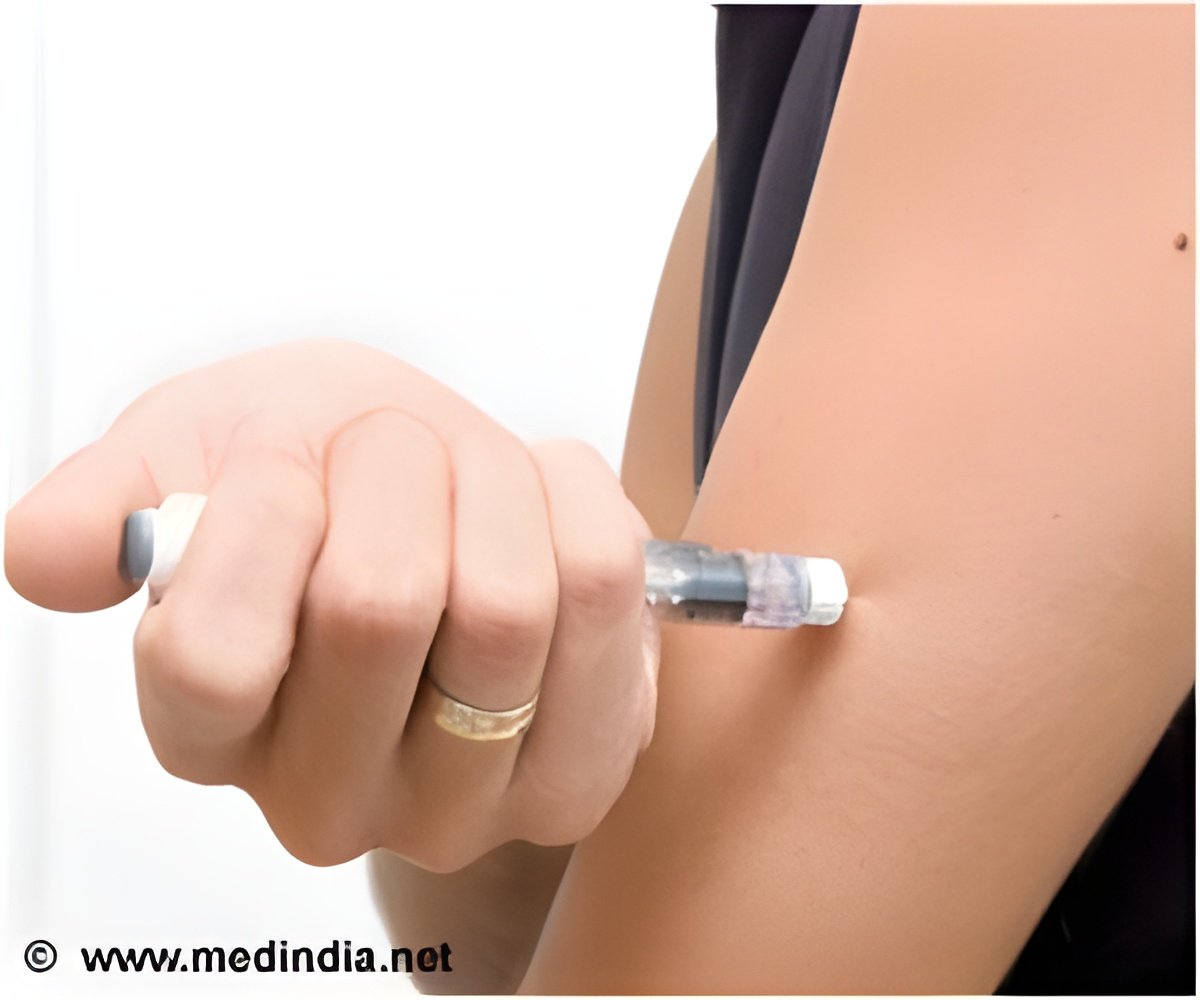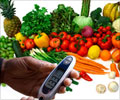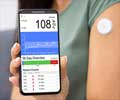The popular insulin pen used by people with diabetes has labels that warn against visually-impaired people using pens to measure out and administer their insulin dosage.

Ann S. Williams, the lead investigator of the study, "A Comparison of Dosing Accuracy: Visually Impaired and Sighted People Using Insulin Pens," speculates, based on observations of individuals in the study, that the reason behind the poor performance of certain individuals in the sighted group is that some glossed over important instructions about how to use the pen. In contrast, individuals with sight problems listened, step by step, to complete audio instructions before using the pen in the study.
Sixty people participated in the study. This is one of the first research projects on insulin dosage to include participants who are visually impaired.
According to the Centers for Disease Control and Prevention, 23.6 million people in the United States—7.8% of the population—have diabetes. Among the 17.6 million with diagnosed diabetes, 3.6 million, or about 20 percent have visual impairment.
The results were published in the Journal of Diabetes Science and Technology. Besides the inherent importance of these results to visually impaired persons with diabetes, this study also demonstrates the importance of including people with disabilities in research.
CWRU has established the FIND Lab, a National Institutes of Nursing Research/National Institute of Health-funded center to promote Full Inclusion of Persons with Disabilities (FIND) in Research. It is part of the nursing school's SMART Center, funded by the NIH to find ways to promote better self-management of an individual's healthcare.
Advertisement
In 2008, the National Federation for the Blind passed a resolution calling for removal of the disclaimer against the use by blind people.
Advertisement
As a diabetes educator, Williams knew visually impaired people were successfully using the pen with accuracy but needed the scientific research to support her observations.
During the 2009 National Federation for the Blind meeting in Detroit, Williams recruited 30 individuals who have vision problems that prevent them from reading printed instructions. They were given complete recorded instructions. She also enrolled 30 individuals from Cleveland, Ohio, who could see and read the pen's directions.
Each participant first read instructions or listened to an audiotape about how to use the insulin pen. The instructions were essentially the same as those included on printed sheets in the insulin pen packaging, modified slightly to include tactile methods for using the pens. Then each participant measured out 10 doses of insulin and injected them into a rubber ball. The ball was weighed immediately before and after the insulin injections for dosage accuracy.
Generally there was little difference between the two groups in the accuracy of 600 dosages of insulin—although Williams reports the visually impaired group did slightly better.
For people with sight problems, measuring and administering insulin presents challenges, since most tools and techniques were designed assuming that people have good vision.
"People with visual impairment can manage their own insulin accurately when they have access to nonvisual tools and techniques and complete instructions in a format they can use," Williams said.
"This study raises questions about the validity of the disclaimer that pharmaceutical companies put on the labels," Williams said.
She added that if studies are designed correctly, people with disabilities can participate in research projects that impact their health.
Source-Eurekalert















